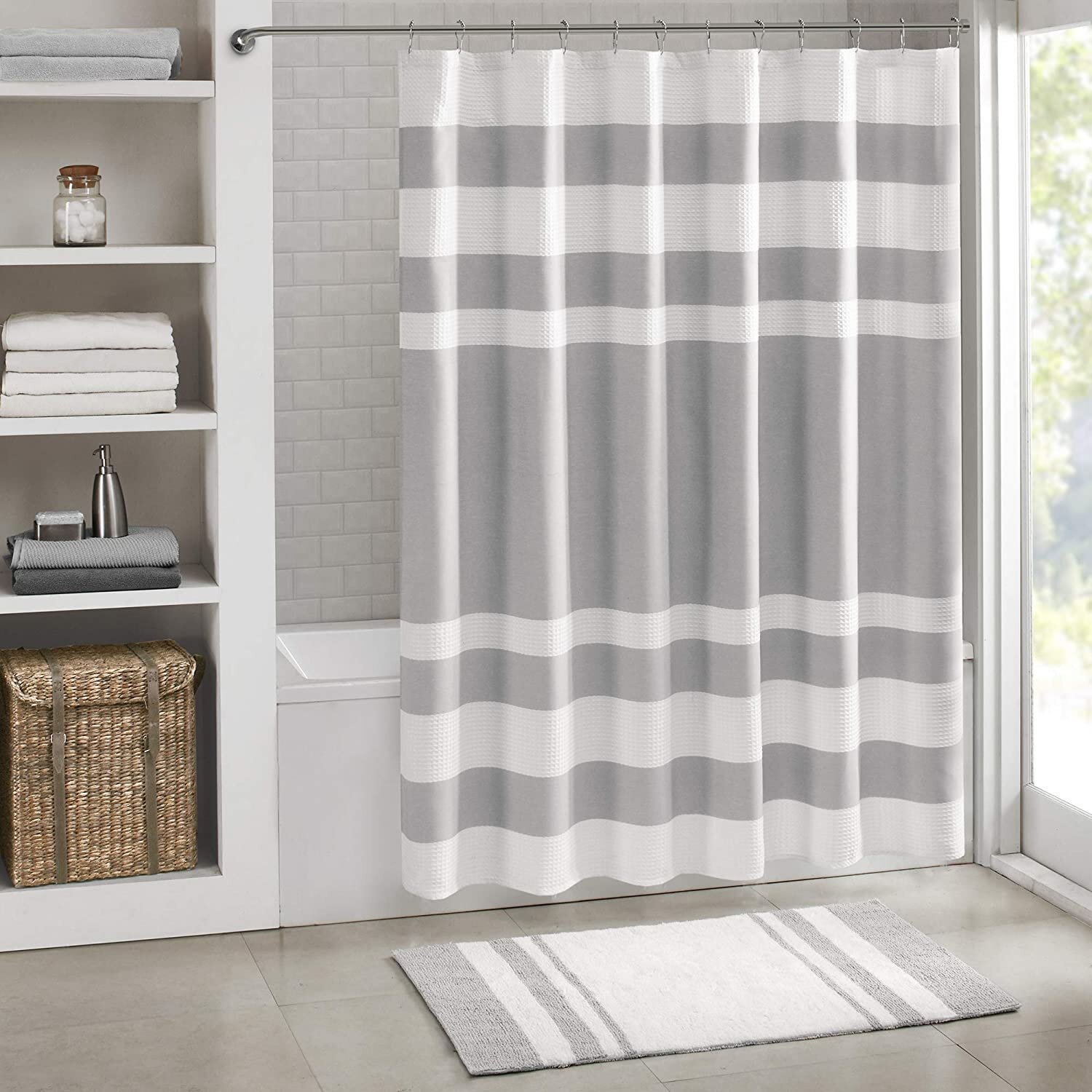This is a question that comes up close to the end of the year, so we thought it was worth reposting.
QUESTION:
Hello, with the holiday season quickly approaching and winter just around the corner, I’m concerned my prosthesis will need repair or I will need supplies and I might not be able to get an appointment. And I have already satisfied my deductible and would like to get in before the end of the year. Do you have any recommendations to ease my concerns?
- Peyton K.
ANSWER:
We certainly understand your concerns, Peyton, and highly recommend scheduling an appointment with your practitioner prior to the holiday season and end of the year. Many insurance policies renew January 1st, which may translate into your annual deductibles and out of pocket costs starting all over again. This is something you certainly want to keep in mind as the end of the year approaches. We are more than happy to review your benefits and provide you with the anticipated cost difference for services you receive prior to January 1st compared to after January 1st. Just give us a call and one of our patient service coordinators will be happy to verify your benefits and answer your insurance questions. In most cases, receiving repair to or supplies for your prosthesis prior to the end of the year will help keep cash in your pocket! Make your appointment now for November or December. We look forward to hearing from you soon!
- Kristin Boswell, Director of Patient Services and Billing



































